Centro de Información de Estancias en Templos (템플스테이 홍보관)
9.2Km 2022-09-28
Ujeongguk-ro 56, Jongno-gu, Seúl
El centro es un complejo cultural de cinco plantas donde se encuentran la mayoría de oficinas responsables de las estancias en templos, centros de información, centros educativos, un restaurante de comida budista tradicional llamado Balwoo Gongyang, entre otros.
K-POP Cover Dance Festival World Final (K-POP 커버댄스 페스티벌 월드 파이널)
9.2Km 2025-10-23
Sejong-daero 110, Jung-gu, Seúl
02-2000-9324
Estación de Seúl (서울역)
9.2Km 2023-08-11
Hangang-daero 405, Yongsan-gu, Seúl
Se trata de una terminal de todas las líneas de Gyeongbu (Seúl-Busan), KTX (tren de alta velocidad de Corea), trenes Saemaul, Mugunghwa y Nuriro (tren eléctrico ecológico). También tiene una línea de conexión llamada AREX (Airport Express) que une esta estación con el Aeropuerto Internacional de Incheon. En la Estación de Seúl se registra el mayor número de pasajeros en Corea, con un promedio diario de 100.000 pasajeros que entran y salen del complejo de la estación de tren, que incluye el nuevo edificio terminado en 2003. La Tienda Departamental Galleria y el hipermercado Lotte Mart, que se encuentran en las inmediaciones, también son lugares muy populares.
Festival de los Faroles de Loto (연등회)
9.2Km 2025-03-20
Ujeongguk-ro 55, Jongno-gu, Seúl.
02-2011-1744/5/6/7
Esta celebración tradicional budista tiene unos 1.200 años de historia, desde la época del reino de Silla. En los tiempos de la dinastía Goryeo era conocido como Yeon Deung Hoe, mientras que durante la dinastía Joseon se le llamaba Gwandeungnori. Hasta el día de hoy se mantiene esta tradición que ha sido reconocida como Patrimonio Cultural Intangible de la Humanidad por la Unesco. La ciudad y los templos se iluminan con los faroles de loto y hay vistosos festejos, desfiles y actividades.
Noche Cultural de Jeongdong (정동야행)
9.2Km 2025-01-21
Sejong-daero 99, Jung-gu, Seúl
02-3396-4623
Dividido en 6 temas, entre ellos “Historias Nocturnas”, “Paisajes Nocturnos” y “Comida Nocturna”; este evento se celebra en diferentes espacios culturales. Algunos de ellos son el palacio Deoksugung, la Primera Iglesia Metodista de Jeongdong, el Museo de Arte de Seúl, el Museo Appenzeller Noble Memorial, el Teatro Jeongdong y la Legación Rusa de Corea. En este evento hay conciertos, funciones callejeras, teatro de títeres y demás espectáculos. También se realizan actividades prácticas relacionadas con el café, la elaboración de relojes de bolsillo y experiencias con vestimenta de principios del siglo XX en Corea.
Hyehwa1938 / 혜화1938
9.2Km 2025-08-12
7, Sungkyunkwan-ro 16-gil, Jongno-gu, Seoul
+82-10-7107-1752
Located in (no suggestions)-dong of Seoul, Hyehwa 1938 is a lodging facility which is based on the remodeling of an 80-year- old traditional Korean house. A traditional Korean house expert initially wanted to use it as an office but later decided to turn it into a guest house due to its large size. As a result, the unique beauty of traditional Korean house was revived while improving practicality. The Woojeong room and Sarang room are now resized to accommodate max 8 persons which used to be only max 4 in the past. Despite the remodeling, the aura and atmosphere of the traditional Korean house is well preserved. Inside the room, you can see that the chandelier of the rich house in the '30s are accompanied by modern furniture and electronics which maintain unique harmony. Open the windows to see sansuyu and maehwa along with other various seasonal trees with beautiful colors and also the space such as edges and sewers are well arranged to avoid any discomforts with your eyesight. The heart of architecture offers only two rooms for guests, and you are all welcome to enjoy the true beauty of Korea.
Festival de los Faroles de Seúl (서울빛초롱축제)
9.2Km 2025-12-31
Taepyeong-ro 1-ga 1, Jung-gu, Seúl.
02-3788-8168
Es un festival internacional de faroles realizado desde el año 2009 en pleno centro de Seúl. Este año, en la edición 2025-2026, habrá unas estructuras iluminadas sobre dos arroyos de la ciudad: Cheonggyecheon y Uicheon.
Insa Art Plaza (인사아트프라자)
9.2Km 2024-02-21
Insadong-gil 34-1, Jongno-gu, Seúl
The Place Seoul (traditional Korean-style guesthouse) (복합한옥공간 곳)
9.2Km 2025-06-02
52-11, Gyedong-gil, Jongno-gu, Seoul
The Place Seoul in Gye-dong, Jongno-gu, Seoul, is a meeting place of traditional and modern Korea. It has a yard with a beautiful 80 year-old dogwood tree, and a small garden in which guests can enjoy the passage of the seasons. The Place Seoul is an environment-friendly place which uses eco-friendly consumables such as toilet paper and shampoo. Breakfast is simple and healthy. There are many good cafes in nearby Bukchon, and local tourist attractions include the National Palace Museum of Korea and the National Museum of Modern and Contemporary Art.
Semana de los Hanok Públicos de Seúl (공공한옥주간)
9.2Km 2025-05-15
Gyedong-gil 37, Jongno-gu, Seúl
02-741-1033

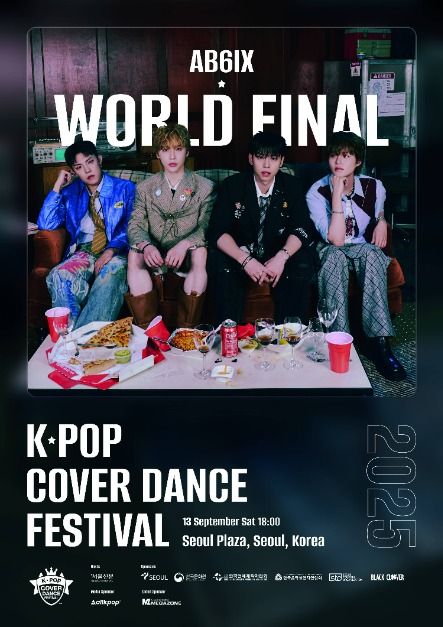
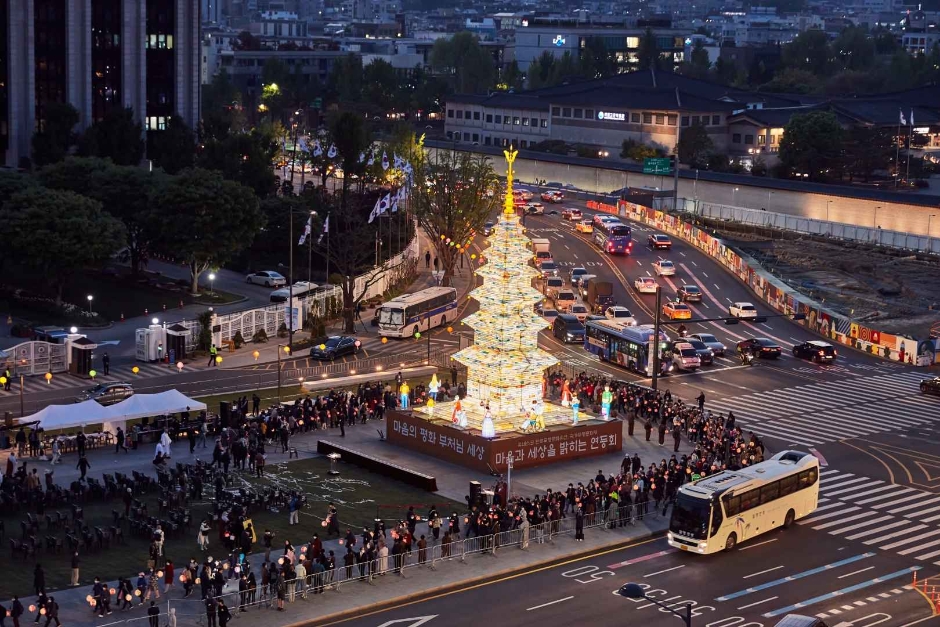
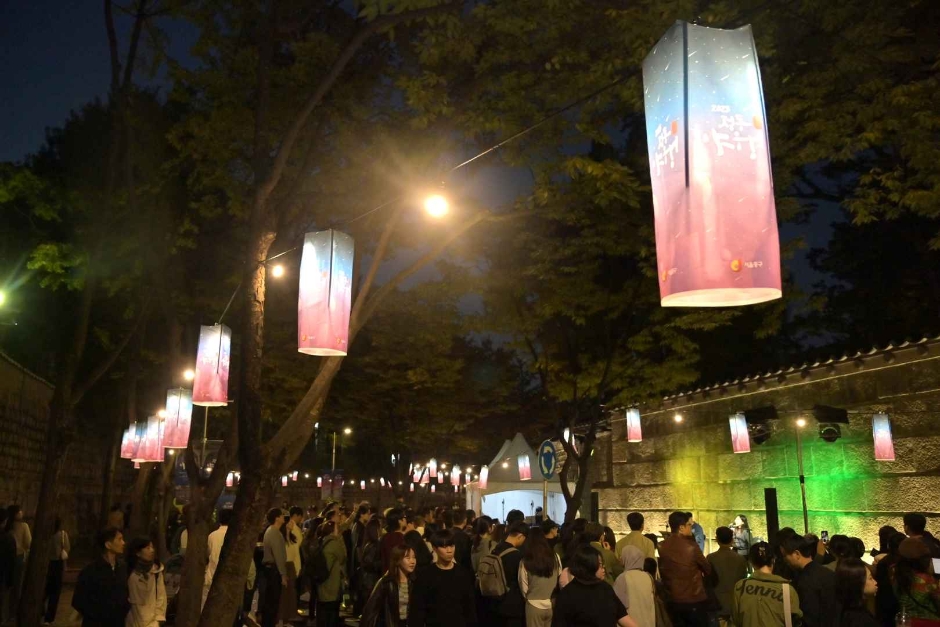
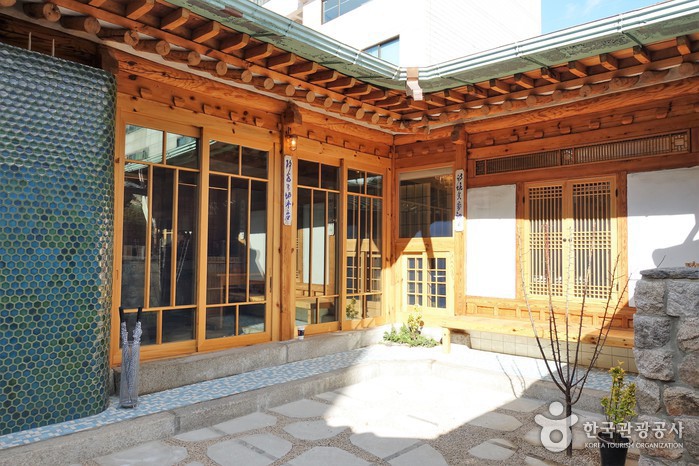
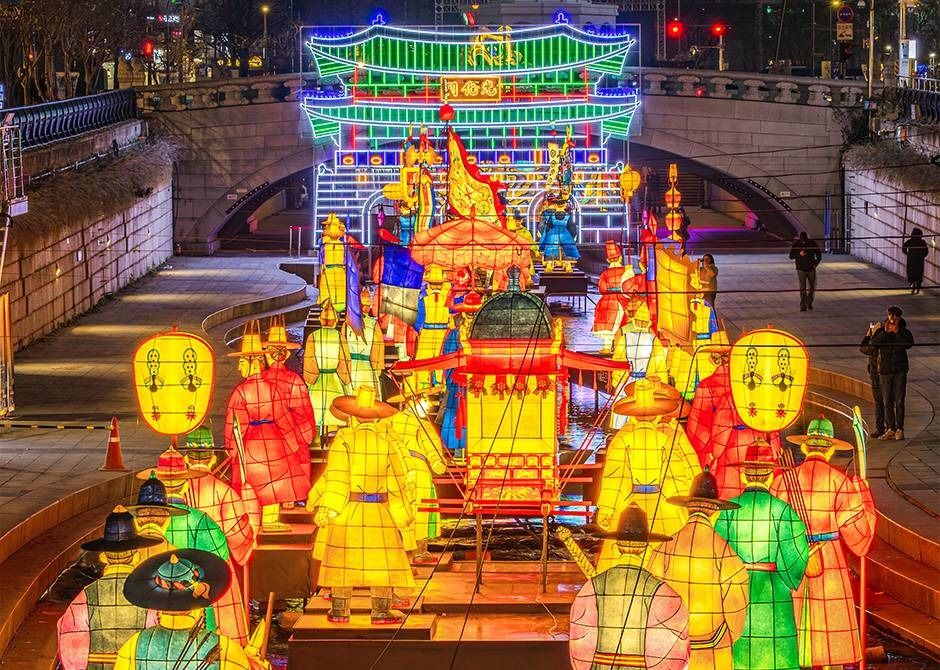
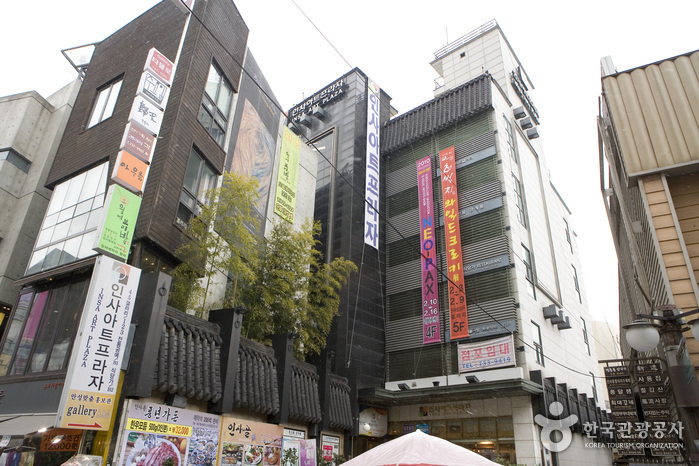
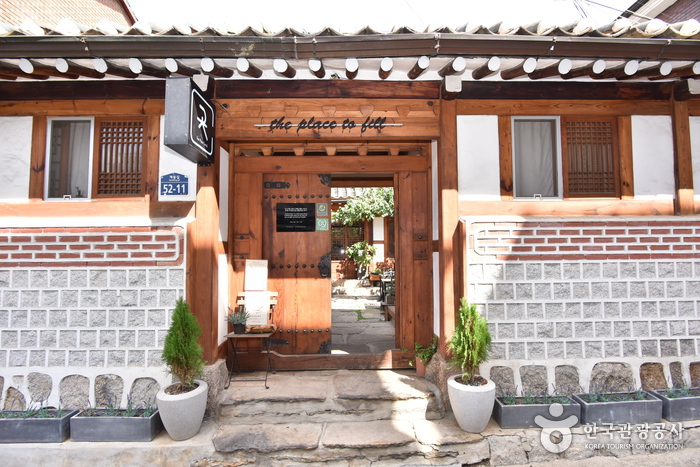
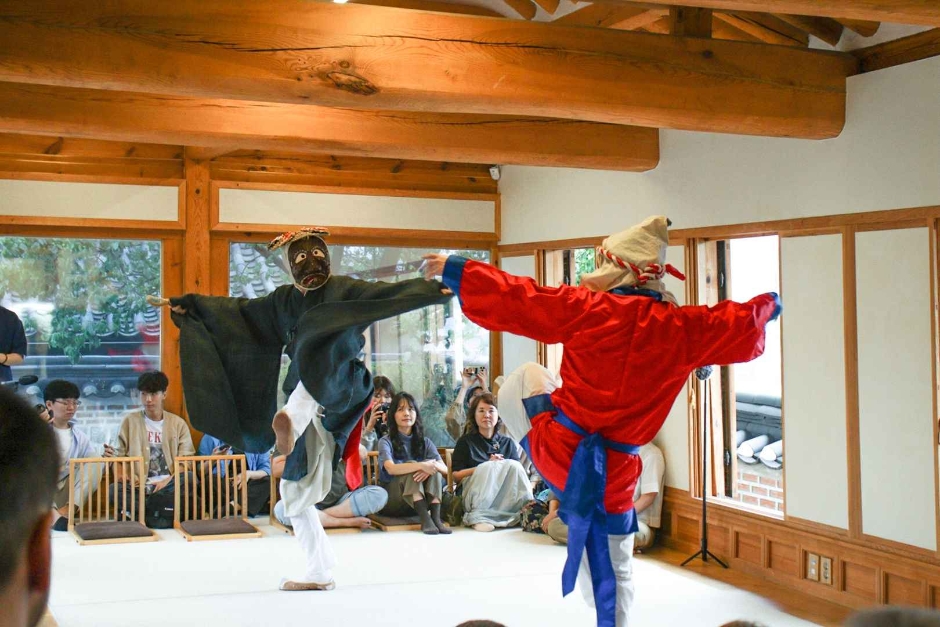
 Español
Español
 한국어
한국어 English
English 日本語
日本語 中文(简体)
中文(简体) Deutsch
Deutsch Français
Français Русский
Русский